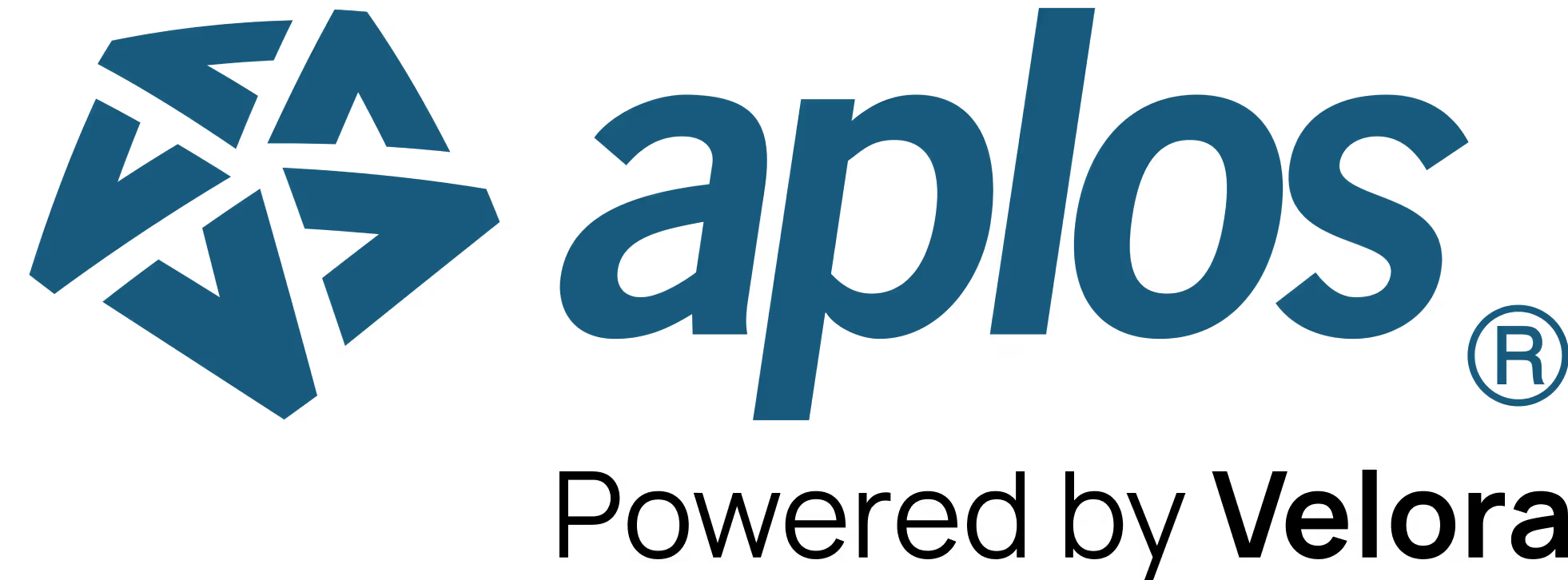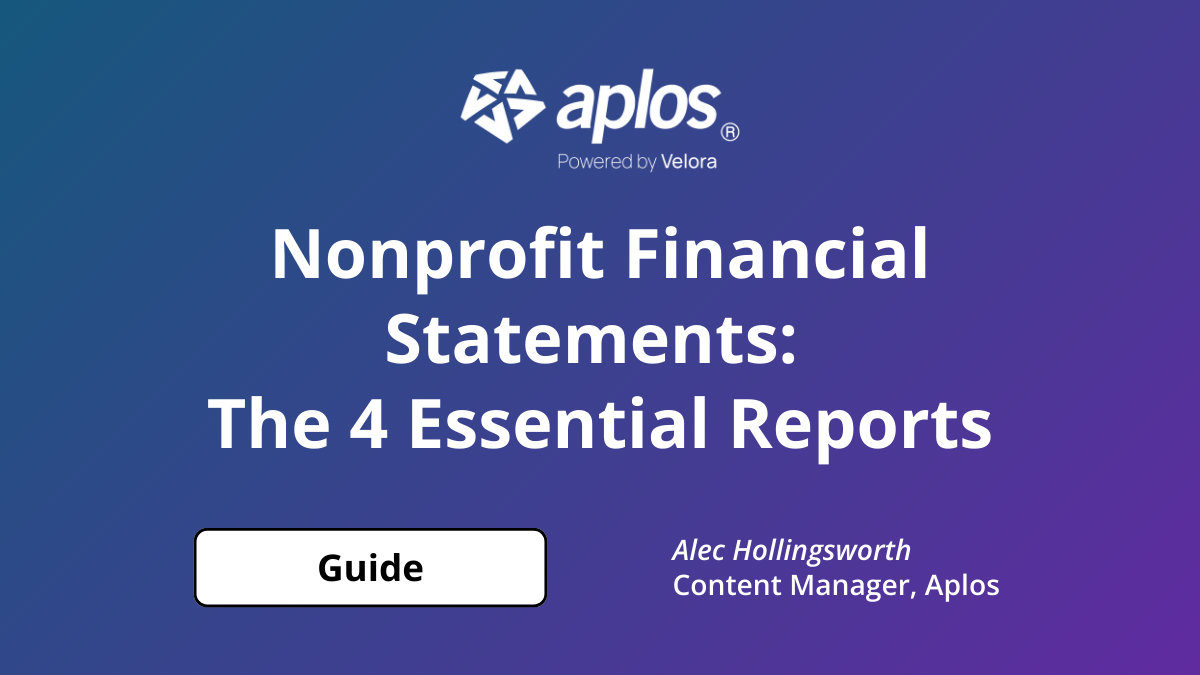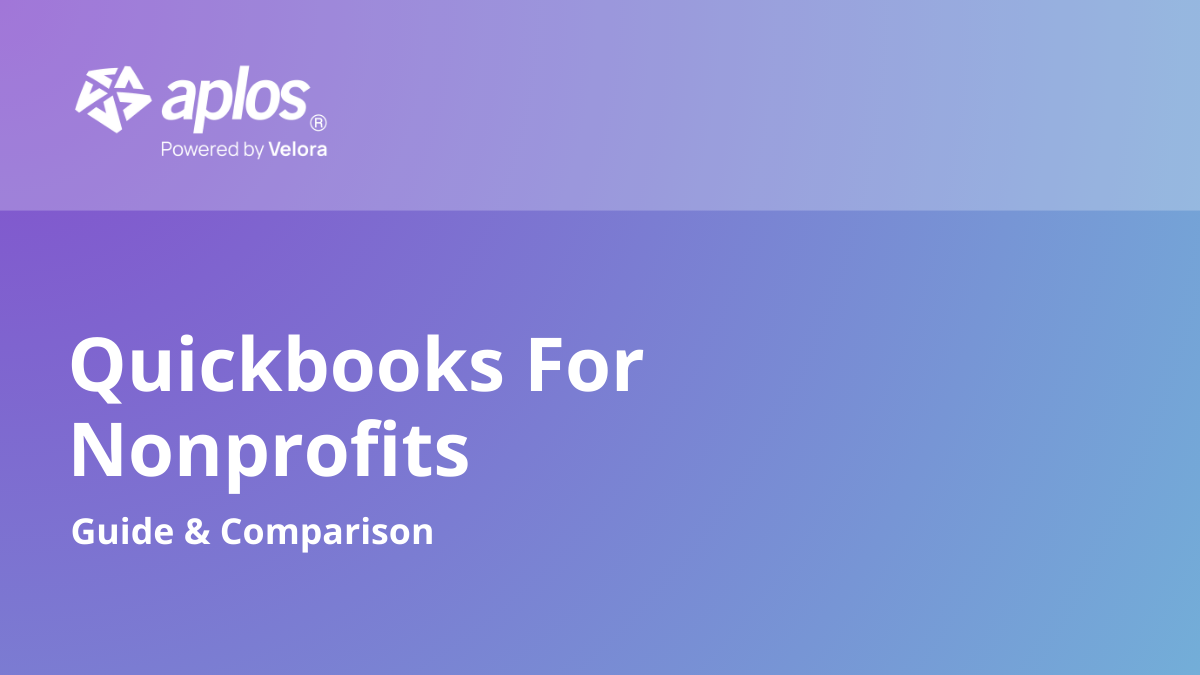If you have a nonprofit (tax-exempt) organization that sometimes has cash flow issues during the year, you should know that you are not alone. It isn’t unusual for all sizes of nonprofits to have this problem, and in fact, it is pretty normal.
One of the biggest issues surrounding uneven cash flow is that many nonprofits have times of the year when there are large donations, reimbursements, etc. that come in all at once and other times of the year when there is very little revenue. Accounting for highs and lows in cash flow usually falls to their accountant, staff member, or volunteer handling the fund accounting for their organization. Nonprofit accounting software has come a long way to improving the reporting and overall visibility of the organization’s cash flow, with most nonprofits doing a great job with budgeting. But there are times when there is a hiccup with an expense that no one could have planned for.
What some nonprofits are now using is a line of credit, from a bank or another financial institution, as an emergency cash backup plan.
Let’s cover what a traditional bank will look for to approve your nonprofit for a line of credit and what other options your nonprofit might have. The nonprofit reporting and financial transparency from your software will prove to be invaluable to shed light on the financial position of your nonprofit, since institutions will undoubtedly want data from the reports that you should be able to easily generate. As you read below, don’t get discouraged about what you will need for your nonprofit to qualify for a line of credit from a traditional bank because over the last decade there are now direct financing companies that have stepped in to make getting a line of credit easier for nonprofits and small businesses.
Difference Between a Nonprofit Business Loan Versus a Line of Credit
First, let’s take a step back and describe the various loans available to a nonprofit.
A term loan (or a mortgage) is a fixed amount of money that has a repayment plan over a long period of time, of five-plus years. The amount of the loan must be taken all at once. A term loan can be used for a nonprofit to start a program early, while a mortgage can be used to purchase a building/property.
Term loans often have a set fixed monthly payment and interest rate. Commercial mortgages often work differently when purchasing a personal residence, in that there is often a balloon payment at the end of the loan period. That balloon payment is often financed again and again.
A line of credit is a pre-approved amount of money that can be used at any time and for any reason. It is often used to help with a short-term issue and usually addresses a temporary cash-flow problem when important bills must be paid. A line of credit can best be described as a cash backup plan and is very helpful to many nonprofits.
Unlike a term loan, you are only charged for a line of credit when you use it, and a credit line can be paid off at any time.
The other costs sometimes associated with a term loan, mortgage, or line of credit involve the application and maintenance fees.
What Will a Traditional Bank Look at to Approve Your Nonprofit Loan or Credit Line?
There are three main areas a bank will look at to approve your nonprofit loan: collateral, personal guarantees, and credit score.
Collateral
In a secured line of credit, a bank is going to see that you have some form of collateral to back up the loan in case of default. Collateral is an asset that can be sold, and it can be in the form of either an organization or a personal asset. In the cases of nonprofits with no assets to pledge, a bank might be willing to accept someone’s personal assets, such as a house, stocks, bonds, etc. as collateral. When visiting with your donors, board members, and other supporters, noting personal assets in your nonprofit CRM can help identify people who can be approached in the event that your bank seeks collateral.
There are times when some banks will approve a line of credit for your nonprofit without you having to provide collateral (called an unsecured line of credit). However, that decision is often based on how long you have been with the bank, your monthly cash balances, and how the economy is doing (which may involve circumstances such as COVID-19). It is not easy to qualify for an unsecured line of credit with a traditional bank.
Personal Guarantees
All banks will require someone at your nonprofit to sign a personal guarantee for the line of credit. It often will be the executive director, a board member, or a major donor. The personal guarantee assures the bank that if the loan/line of credit isn’t paid, the bank will have some recourse to recoup the funds. The person signing the contract will need to be very creditworthy.
Personal Credit
All banks will require a personal credit score of the person signing the contract for the loan/credit line to have at least a 680 or better personal credit score.
Getting a Loan From a Board Member or Donor
Many nonprofits that run into a cash flow problem initially go the route of getting a loan from a board member or a donor. Oftentimes, they will share their financial position with transparent reports they generate from their fund accounting platform, such as Aplos. There are strict guidelines regarding who can loan money to nonprofits, so it is advisable to check with your attorney and accountant before accepting such an arrangement.
However, one of the biggest problems in the area of a personal loan to a nonprofit is the friction it sometimes can cause between the person loaning the money and the perceived capability of the executive director (ED). Oftentimes, through no fault of the ED, the accounting dashboard in their nonprofit software will signal a cash shortage from time to time throughout the year, creating a problem of having to go back too frequently to the well, so to speak.
Oftentimes, it is the board of the nonprofit that wants to avoid this conflict of interest and have the nonprofit set up a line of credit for emergencies.
Setting up a Line of Credit Is Not Expensive
It is well known that nonprofit organizations watch every penny they spend by accounting for all expenditures, donations, grants, and gifts in their fund accounting software. However, setting up a line of credit and using it when needed is not very expensive and is really a normal solution to solving a temporary cash-flow issue that many businesses have used for centuries.
What is worse is that many nonprofits will delay paying payroll, both angering its employees as well as leading to potential fines from your state and the federal government.
Alternatives to a Traditional Bank Credit Line for Nonprofits
Nonprofits have always wanted to get a line of credit in place, but in the past, the requirements traditional banks have had made it almost impossible for a nonprofit to be approved, even after providing transparent reports and other data about their nonprofit that they export from their accounting platform.
However, within the last decade, there are now alternative lenders that are providing unsecured lines of credit to nonprofits and small businesses. They are much easier to get in place and are very cost-effective.
These alternative lenders are able to provide a line of credit that requires no collateral or personal guarantees because they are not using depositors’ savings and government funding; they are using investor funding.
In many cases, the alternative lender’s lines of credit programs are cheaper than a bank and a lot easier to get in place. Over the years, more and more nonprofit organizations have set up a nonprofit line of credit to make their operations run more smoothly. A credit line is an important tool that can help ensure that your employees get paid on time and that your programs continue to run smoothly.

Our comprehensive closeout services start at $399 per month that needs to be reconciled. Sign up before Jan 1st and pay just $199.50 per month!
Copyright © 2025 Aplos Software, LLC. All rights reserved.
Aplos partners with Stripe Payments Company for money transmission services and account services with funds held at Fifth Third Bank N.A., Member FDIC.
Copyright © 2024 Aplos Software, LLC. All rights reserved.
Aplos partners with Stripe Payments Company for money transmission services and account services with funds held at Fifth Third Bank N.A., Member FDIC.



.png)




